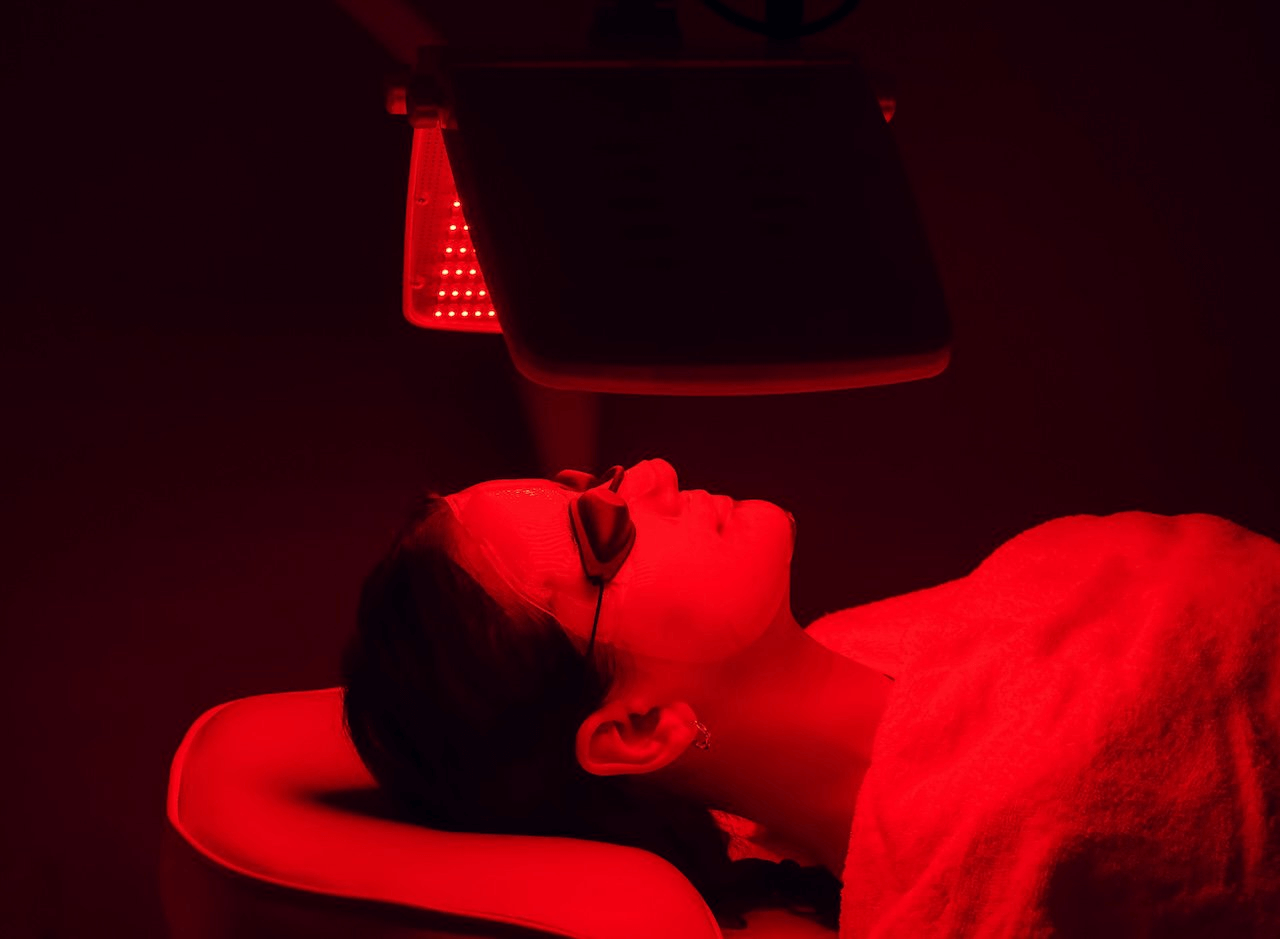Red light therapy (RLT), also known as photobiomodulation or low-level laser therapy, is gaining recognition for its potential to alleviate joint pain and inflammation in rheumatological conditions.
This non-invasive treatment uses specific wavelengths of red and near-infrared light to stimulate cellular processes that promote healing.

Image from Mpls.St.Paul Magazine
Arthritis, a common rheumatological condition, affects over 54 million adults in the United States alone, causing chronic pain and disability.
Studies have shown that RLT can significantly reduce pain and inflammation, making it a promising alternative or complementary treatment for conditions like rheumatoid arthritis (RA) and osteoarthritis (OA)
Finding The Right Light Therapy Device
Selecting the appropriate red light therapy device is crucial for effectively managing arthritis-related pain and inflammation.
With numerous devices on the market, each offering unique features and benefits, it’s essential to identify one that aligns with your specific needs.
We will look into three top-rated red light therapy devices: the FlexBeam, the Mito Red Light Advanced Therapy Belt, and the Redrush 360.
Flexbeam
The FlexBeam Red Light Therapy Device stands out for its versatility and targeted application. Designed as a portable belt, the FlexBeam utilizes red light wavelengths from 660nm to 850nm, making it ideal for penetrating deep into tissues to alleviate pain and reduce inflammation. This device is particularly beneficial for those looking to treat specific areas such as the back, joints, or muscles, according to many users.
Features and Benefits:
- Portability And Convenience: The FlexBeam is lightweight and easy to use anywhere, making it perfect for home or travel.
- Versatile Attachments: It comes with attachments that allow for targeted treatment of different body parts.
- Research-Backed Efficacy: Numerous studies support its effectiveness in enhancing muscle recovery, improving skin health, and reducing inflammation.
- Long-Lasting Battery: With a robust battery life, the FlexBeam ensures extended use without frequent recharging.
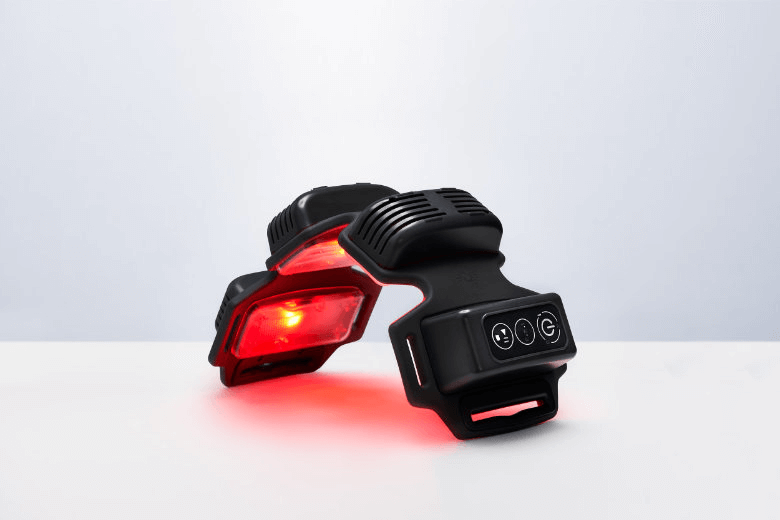
Image from Therapeutic Beams
Mito Red Light Advanced Therapy Belt
The Mito Red Light Advanced Therapy Belt is another excellent option, particularly known for its high LED chip count and adjustable intensity levels.
This device is designed to be worn around various parts of the body, providing targeted red light therapy to areas such as the lower back, abdomen, and quads.
Features and Benefits:
- High Led Chip Count: With 1,215 LEDs per belt, it delivers potent therapeutic effects.
- Adjustable Intensity Levels: The belt offers five different intensity levels, allowing users to customize their treatment based on their comfort and needs.
- Versatile Design: It can be used both plugged in and with a battery, offering 2 to 6 hours of usage per charge depending on the intensity setting.
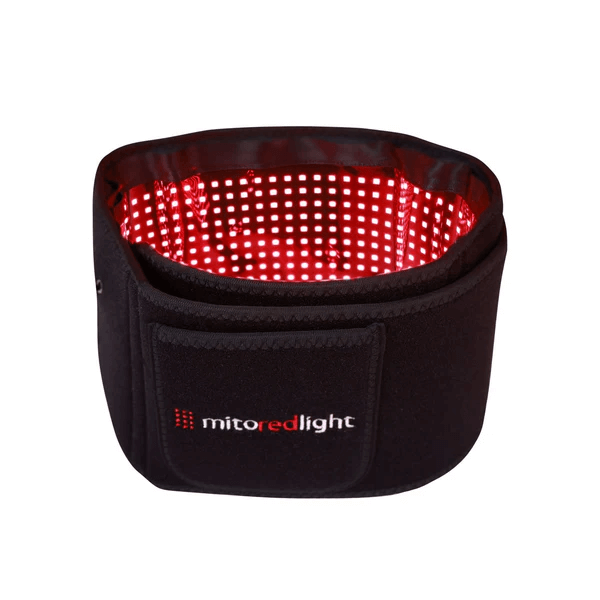
Image from Mito Red Light
Redrush 360
For those seeking comprehensive full-body treatment, the Redrush 360 Red Light Therapy Device is an excellent choice.
This portable panel device is equipped with high-power red and near-infrared LEDs, providing extensive coverage and deep tissue penetration.
Features and Benefits:
- Full-Body Coverage: The Redrush 360 is designed to treat larger body areas, making it suitable for overall wellness and skin health.
- Optimal Wavelength Range: It utilizes LEDs with wavelengths of 660nm and 850nm, known for their therapeutic benefits.
- User-Friendly Design: The device is easy to use, with a straightforward setup and operation, ensuring convenience and efficiency.
- Multiple Treatment Modes: It offers various modes to cater to different therapeutic needs, from pain relief to skin rejuvenation
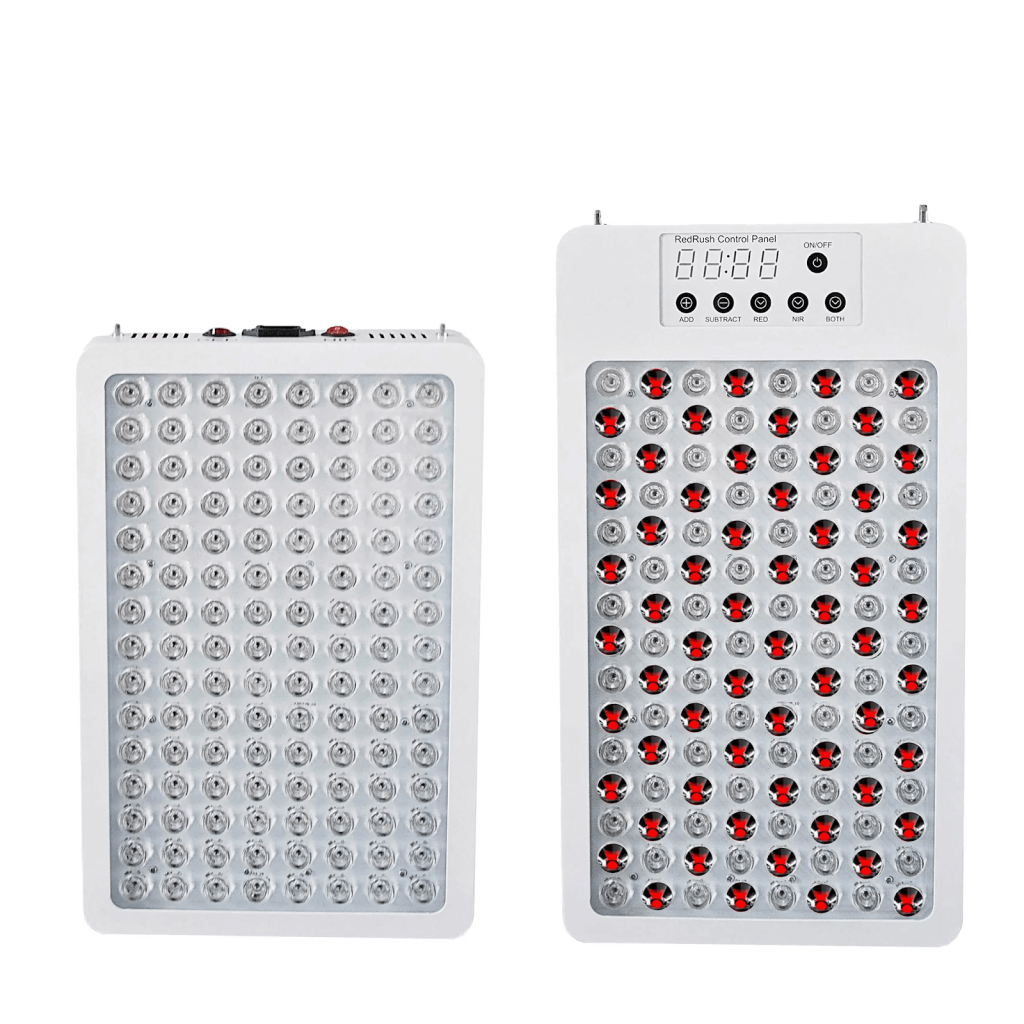
Image from Red Therapy Company LLC
Complementary Therapy For Red Light Therapy
Red light therapy is a promising treatment for joint pain and inflammation, but its effectiveness can be enhanced when combined with complementary therapies.
These therapies not only work synergistically with red light therapy but also provide additional benefits that can help manage chronic pain and improve overall joint health.
Acupuncture
Acupuncture is a traditional Chinese medicine practice that involves inserting thin needles into specific points on the body.
It has been shown to provide pain relief and reduce inflammation by promoting the release of endorphins and increasing blood flow to the affected areas.
Combining acupuncture with red light therapy can enhance the overall therapeutic effect, offering a comprehensive approach to managing joint pain.
Benefits:
- Pain Reduction: Acupuncture helps release endorphins, the body’s natural painkillers, which can provide significant relief from chronic joint pain.
- Inflammation Control: The practice can reduce inflammatory markers, which is beneficial for conditions like arthritis.
- Improved Mobility: Increased blood flow to joints can help improve flexibility and reduce stiffness, complementing the benefits of red light therapy.
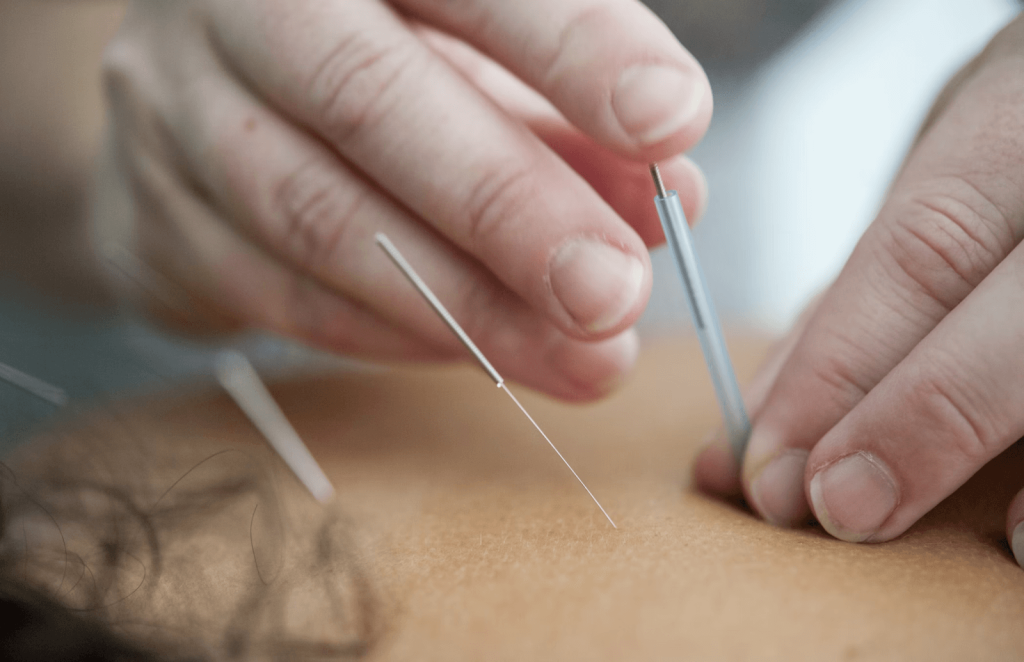
Photo by Katherine Hanlon on Unsplash
Yoga and Mindfulness
Yoga and mindfulness practices can significantly enhance the benefits of red light therapy by addressing both the physical and mental aspects of chronic pain.
Yoga involves a series of stretches and poses that improve flexibility, strength, and balance, while mindfulness focuses on relaxation and mental clarity.
These practices can reduce stress, a known exacerbator of pain, and promote overall well-being.
Benefits:
- Flexibility And Strength: Regular yoga practice helps maintain joint flexibility and strengthens muscles around the joints, reducing the load and preventing further damage.
- Stress Reduction: Mindfulness and yoga can lower cortisol levels, a stress hormone that can increase inflammation and pain.
- Enhanced Mental Clarity: These practices improve mental health, which can reduce the perception of pain and improve coping strategies.

Photo by kike vega on Unsplash
Herbal Supplements
Incorporating herbal supplements can also complement red light therapy by providing natural anti-inflammatory and pain-relieving benefits.
Supplements like turmeric, ginger, and fish oil are known for their anti-inflammatory properties and can be an effective part of a comprehensive pain management plan.
Benefits:
- Anti-Inflammatory Effects: Herbs like turmeric and ginger contain compounds that reduce inflammation and pain in joints.
- Natural Pain Relief: These supplements offer a natural alternative to NSAIDs, reducing the risk of side effects associated with long-term medication use.
- Joint Health Support: Supplements like fish oil contain omega-3 fatty acids that support overall joint health and reduce stiffness.
Endnote
Incorporating red light therapy into a comprehensive treatment plan for joint pain and inflammation can yield significant benefits, especially when combined with complementary therapies like acupuncture, yoga, and herbal supplements.
These additional methods not only enhance the effects of red light therapy but also provide holistic support for managing chronic pain and improving joint health.
For optimal results, it is advisable to consult with healthcare professionals to create a personalized treatment regimen that leverages these synergistic approaches.
